BEAR BUTTE, SOUTH DAKOTA, USA. In October 2017, Lakota elders organized a conference of Wounded Knee Massacre descendants in the Black Hills of South Dakota. Following from the connections made during the ZPI Native American Bearing Witness Retreats in August, a small group of Zen Peacemakers were invited to join. They were led by Michel Engu Dobbs, who afterwards gave this dharma talk at Ocean Zendo in Bridgehampton, New York:
Case 20, from the Shōyō Roku, or The Book of Equanimity, “Jizo’s ‘Not Knowing’ is the Most Intimate”:
The main case:
Pay attention! Master Jizo asked Hogen, “Where have you come from?”
“I wander around aimlessly, on pilgrimage,” replied Hogen.
“What is the matter of your pilgrimage?” asked Jizo.
“I don’t know,” replied Hogen.
“Not knowing is the most intimate,” remarked Jizo. At that, Hogen experienced great enlightenment.
I was privileged and honored, with three fellow Zen Peacemakers– Jennifer Dohrn, Marushka Glissen, and Grant Couch –to spend the weekend of October 13-15 in the shadow of Bear Butte in the Black Hills of South Dakota, with a group of twenty to thirty Lakota descendants of the victims of the massacre at Wounded Knee (December 29th, 1890). Bear Butte is a place that is sacred to the Lakota, a place people have gone since time immemorial, to do inipi and hanbleceya: sweat lodge purification and crying for a vision, or vision quest.
It is said that one of the reasons for doing hanbleceya, apart from praying for a vision, is to see your connection to the universe. Being there, watching the sun rise and the sun set; the play of light on the Butte and the land around it; being in the cool air with the sounds of the wind on the mountain, and water running somewhere- in a hidden gully, among deer and magpies, you could see and feel the power of the place.
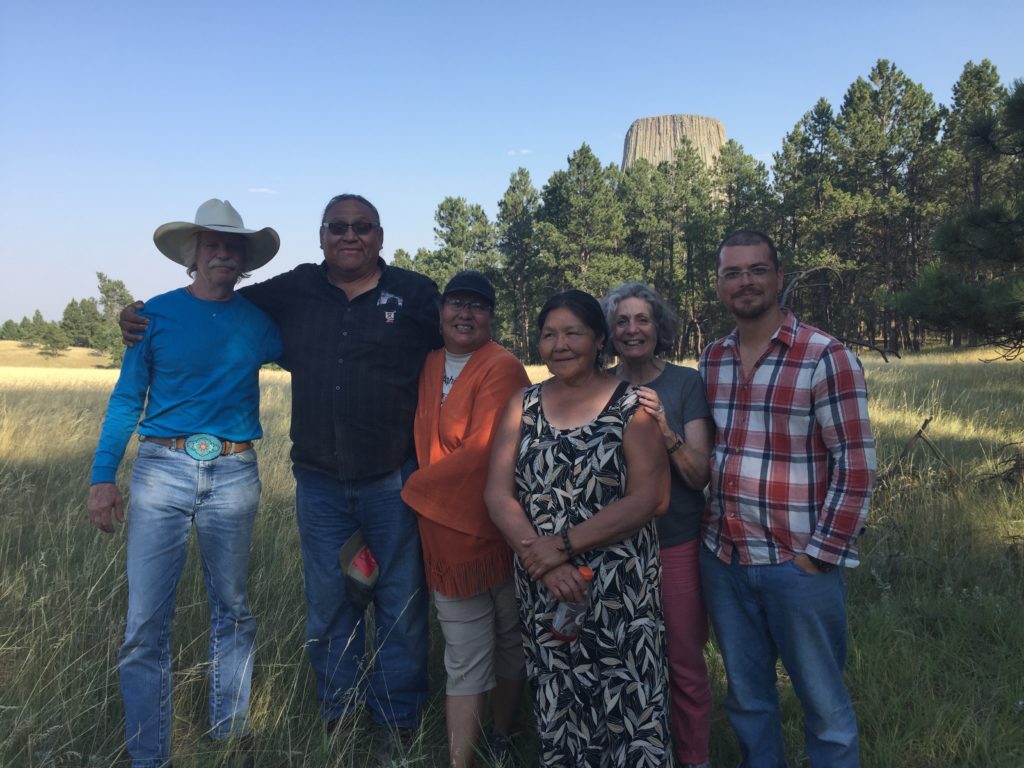
We were invited by Manny and Renee Iron Hawk and Violet Catches after spending time with them in August, visiting Lakota holy sites and listening to stories about their lives and culture, and the traumas that they have suffered because of the wasichu, us white folks. The meeting itself addressed many issues that the descendants have in protecting and honoring their ancestors, including how to honor the site and protect it, and how do deal with exploitation– of the site specifically and of the event generally. One of the horrors related to what happened at Wounded Knee is that the massacre of 250 to 300 Lakota women, children, and elders by the 7th Cavalry is often referred to as a battle: the Lakota were buried, some still alive, in a mass grave and the soldiers who took part in this were awarded the Medal of Honor for their heroism. There has been a thus-far unsuccessful campaign for almost twenty years to posthumously rescind those honors. This is just one example of the process of healing that the descendants are living through.
Listening deeply and bearing witness to the grief of others is hard, hard practice, and it’s interesting and informative to watch the ways we typically avoid doing this- by getting lost in our own grief, by getting distracted, by trying to fix the problem then and there, by laughing it off, by getting angry– notice and name the special way that you’ve perfected. Have you noticed how hard it is to listen in council, to listen without mentally fixing, correcting, or judging the speaker (and then yourself)?
One of the specific things I’ve noticed for me, at Auschwitz and with the Lakota, is that denial rises up. “This is not about me,” “My people were in France and NYC– oh yeah, and in Algeria, but they weren’t killing or being killed.” I’ve come to recognize that this kind of noise is my way of protecting my self, by disconnecting/distancing, and that it prevents me, if I let it, from being fully present to the grief that arises, or from owning my culpability and complicity as a white man, as a human, as me. All harmful karma ever committed by me (and on behalf of me), since of old, on account of my beginningless greed, anger, and ignorance, born of my body mouth and thought, now I atone for it all.
One of the main things that the Lakota base their lives on is the knowledge that we are all related. They use the phrase- Aho Mitakuye Oyasin, meaning “We are all related,” when they meet and when they pray. I’ve read that non-Lakota shouldn’t use the expression, that it has a specific meaning that has to do with clans and families, and also that it has been appropriated and exploited by folks. “We are all one” doesn’t properly acknowledge the trauma that some of us have had to bear. This is akin to the “All lives matter” debate. Of course all lives matter, but that doesn’t address the fact that black (and native and latino) lives are disproportionately affected by police violence and that these people are more likely to see time in prison; nor does it address the trauma that has been inflicted on their communities.
I’ve also seen and heard the phrase used more openly. It’s with deep respect and humility that I use it now, to make a point. In those cases that it is used more openly, everything is included in the word, We: the people, the animals, the plants, the land, the sky, the clouds, and the rivers- everything is in relationship and connection. And we should try to live in a good way that brings harmony to those relationships. It’s really powerful to be with people who live with this as a guiding principle, to see the way that they treat each other, and their children, and their elders, and the plants, and the earth.
The overall feeling from the weekend was of welcome and of connection. When we weren’t meeting, the children allowed me to play with them and we hung out with everybody. We ate well, drank lots of coffee, and laughed a lot. It was like a family reunion with someone else’s family. I spent quite a bit of time talking to Manny, Renee, and Violet, and Violet’s partner Harris who was often smiling gently and laughing. On the first night, Claudia– Manny and Renee’s daughter –spoke to us so eloquently about her experiences and difficulties as a young Lakota woman. Michon and Enaesha, Manny and Renee’s daughter and granddaughter, were also there and it was wonderful to see them both again.
Over the next several days, I was honored to meet Unci Rita Long Visitor Holy Dance and her son, Nathan. Unci Rita is a member of the International Council of Thirteen Indigenous Grandmothers. I also was honored to meet Marcella Pretty Rainbow Woman Le Beau, a 98 year old woman– remarkable –and she told about traveling to Scotland to negotiate the return of a Ghost Dance shirt taken from the body of one of the victims at Wounded Knee. I was honored to speak with Loreal Black Shawl and her mom and son. Loreal was the spokesperson for Veterans for Standing Rock, a former staff sergeant, and a real strong, young presence in the group. Her mother lives at Wounded Knee. And, I was really blessed to spend quite a bit of time with Cisi Waloke, with her brothers and sister, and with Violet’s grandsons- playing tag, horsey, and hide and seek; as well as with Cisi’s parents, Moreno and Reann- a young couple struggling to live in a good way with their five little children. Moreno was part of the security at Standing Rock and has been very involved in his community, in particular with the youth riders. I also very much enjoyed the company of my fellow Peacemakers- getting to know them, joking and laughing together- each of them was really quite remarkable.
Late on the first night of our stay, about fifteen young riders arrived at the lodge we were staying at (owned by the Rosebud Lakota). They rode in from Bridger, on the Cheyenne River reservation, about 100 miles away. There, a pastor named Byron Buffalo started a program called Sunk Wakan Agli (“bringing back the horse”), or equine therapy, using horses to touch the lives of the young people on the reservation. The next day, the young ones spoke to the entire group, sharing how the program gave them something to do, something to care about, a sense of connection– to the horses, to each other, and to their culture and ancestors. It was really moving, some of them had dedicated this ride to a young woman who had been a part of their group, who had committed suicide in the past year.
How would we live differently if we recognized that we are all related? Maybe we’d try to be kinder and less destructive. Maybe we would smile more at one another, and take the time to ask, “How can I help?”, and then listen and help one another. Other bigger ways of helping might arise too, but all based on this basic connection. I find that zazen helps me see and feel the connection, the relationship that is always here but that I often miss- teaching me to be present, without being reactive. To listen to people without trying to fix them. Sometimes when I am able to really do that, the connection between us reveals itself very clearly, and the differences between us fall away. “To do zazen, or to be done by zazen,” I recently saw written somewhere, “is to remain in the present moment with attention and benevolence, to remove the desire to manage everything, and to open yourself up to life and all that is possible.” It’s as simple as that. So, let’s get back to it!
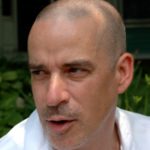 Michel Engu Dobbs is a Sōtō Zen priest and Dharma heir of Peter Muryo Matthiessen. He is a co-teacher at the Ocean Zendo. He has alleged connections with Roshi Bernie Glassman’s Order of Disorder, and is a member of the White Plum Asanga. A husband and father of three children, Engu has been a baker and bakery manager for over twenty years. He began practicing Zen with the late Kyudo Nakagawa-roshi in 1992 and began study with Muryo-roshi in 1994. He was ordained in 2001 and received Dharma transmission in 2005.
Michel Engu Dobbs is a Sōtō Zen priest and Dharma heir of Peter Muryo Matthiessen. He is a co-teacher at the Ocean Zendo. He has alleged connections with Roshi Bernie Glassman’s Order of Disorder, and is a member of the White Plum Asanga. A husband and father of three children, Engu has been a baker and bakery manager for over twenty years. He began practicing Zen with the late Kyudo Nakagawa-roshi in 1992 and began study with Muryo-roshi in 1994. He was ordained in 2001 and received Dharma transmission in 2005.
(Bio from Sweeping Zen.)

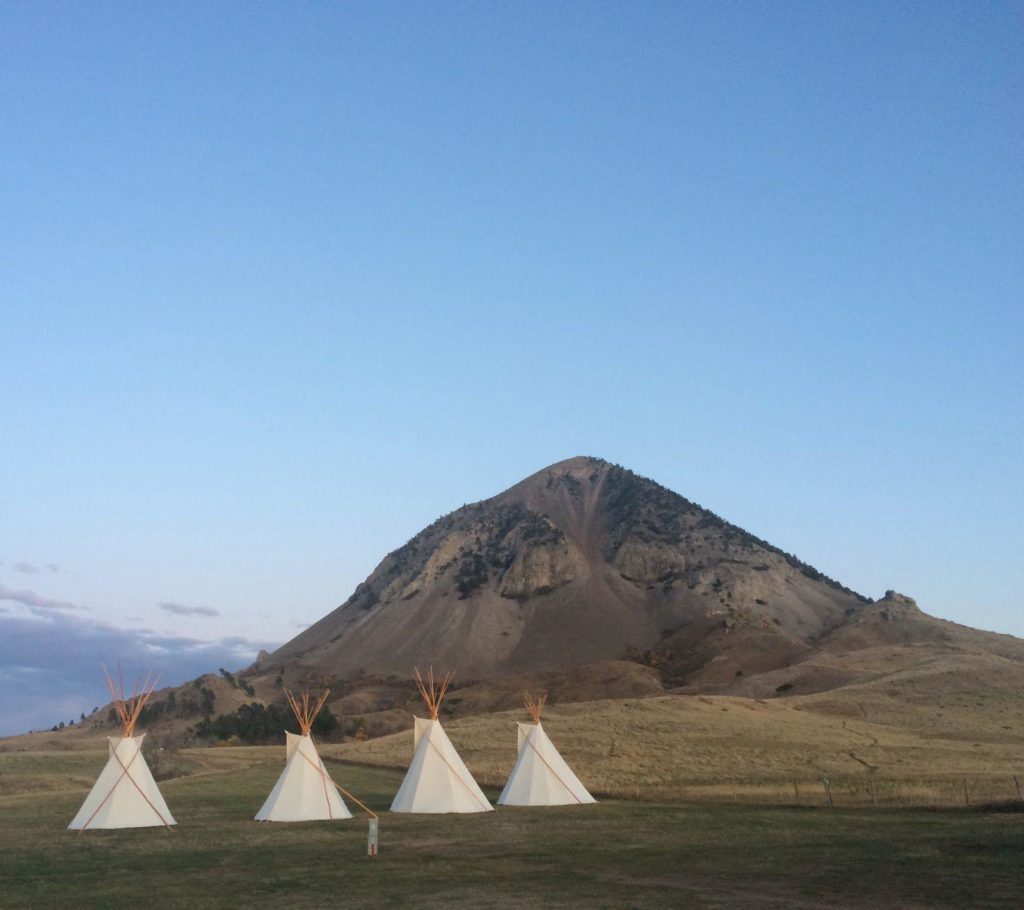
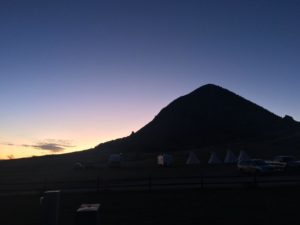
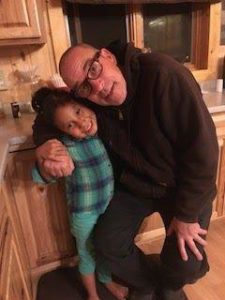
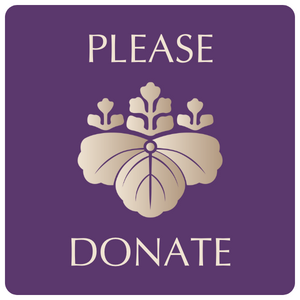
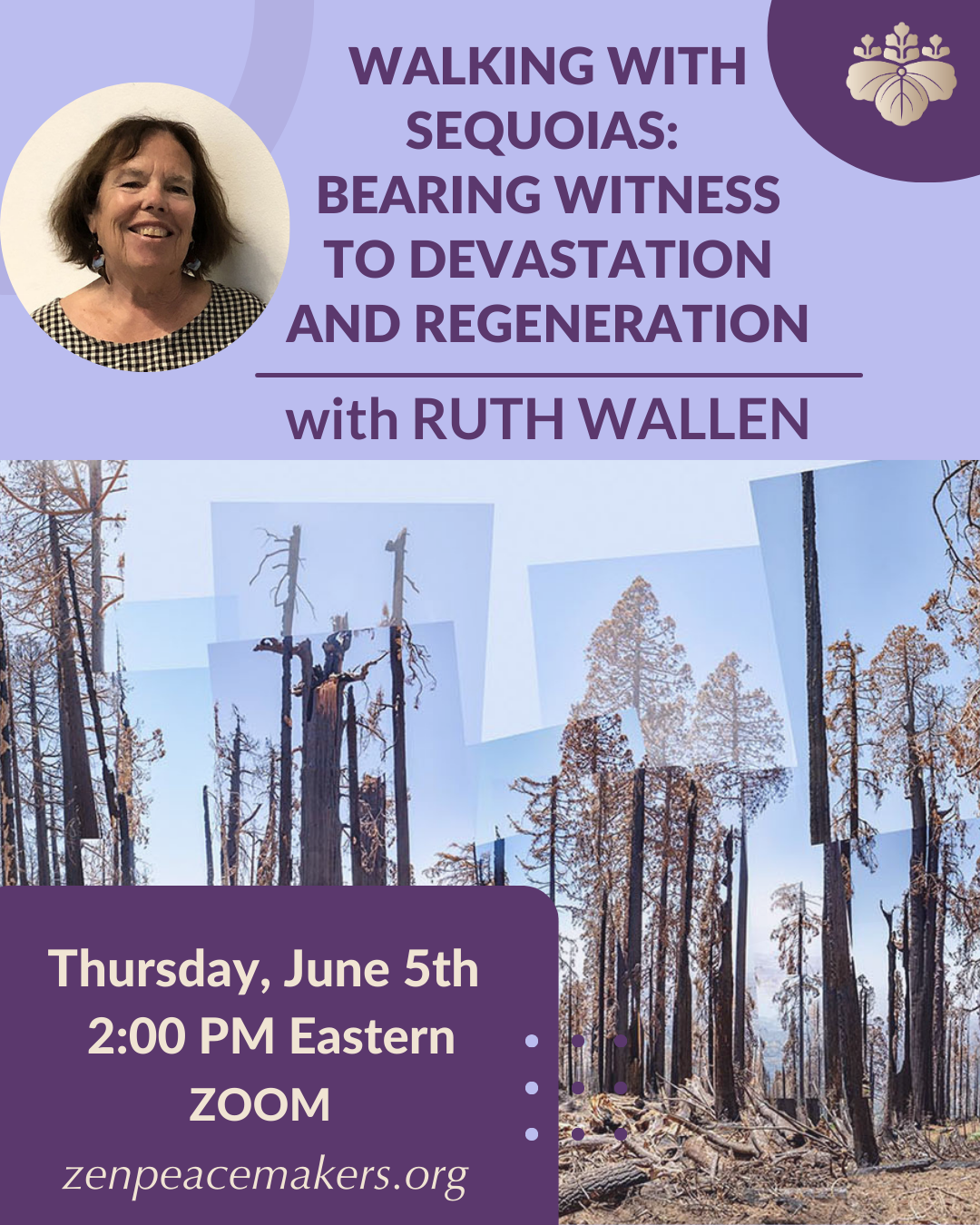
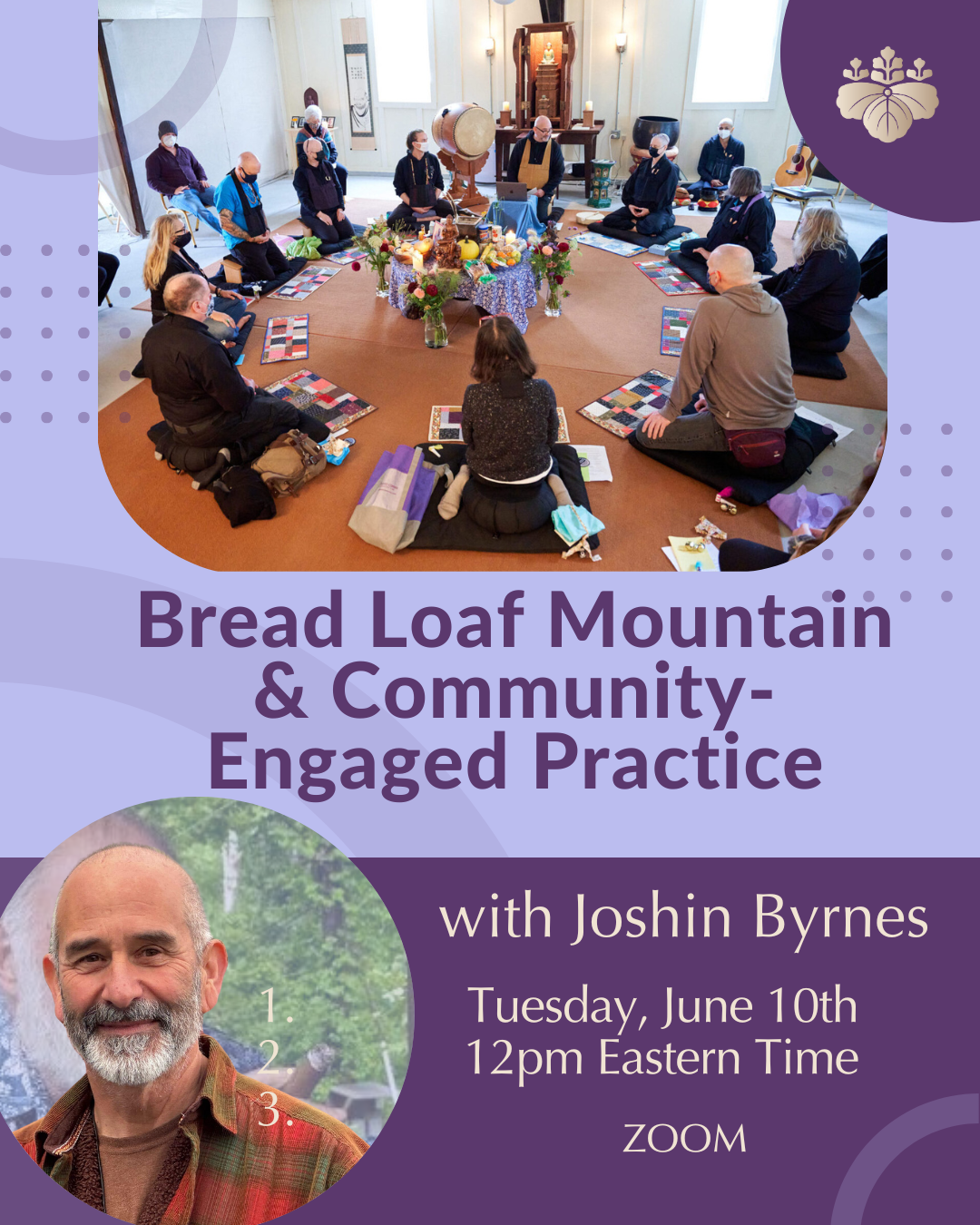
2 Responses
visit this web-site https://casinosbewertung.de/
alt com